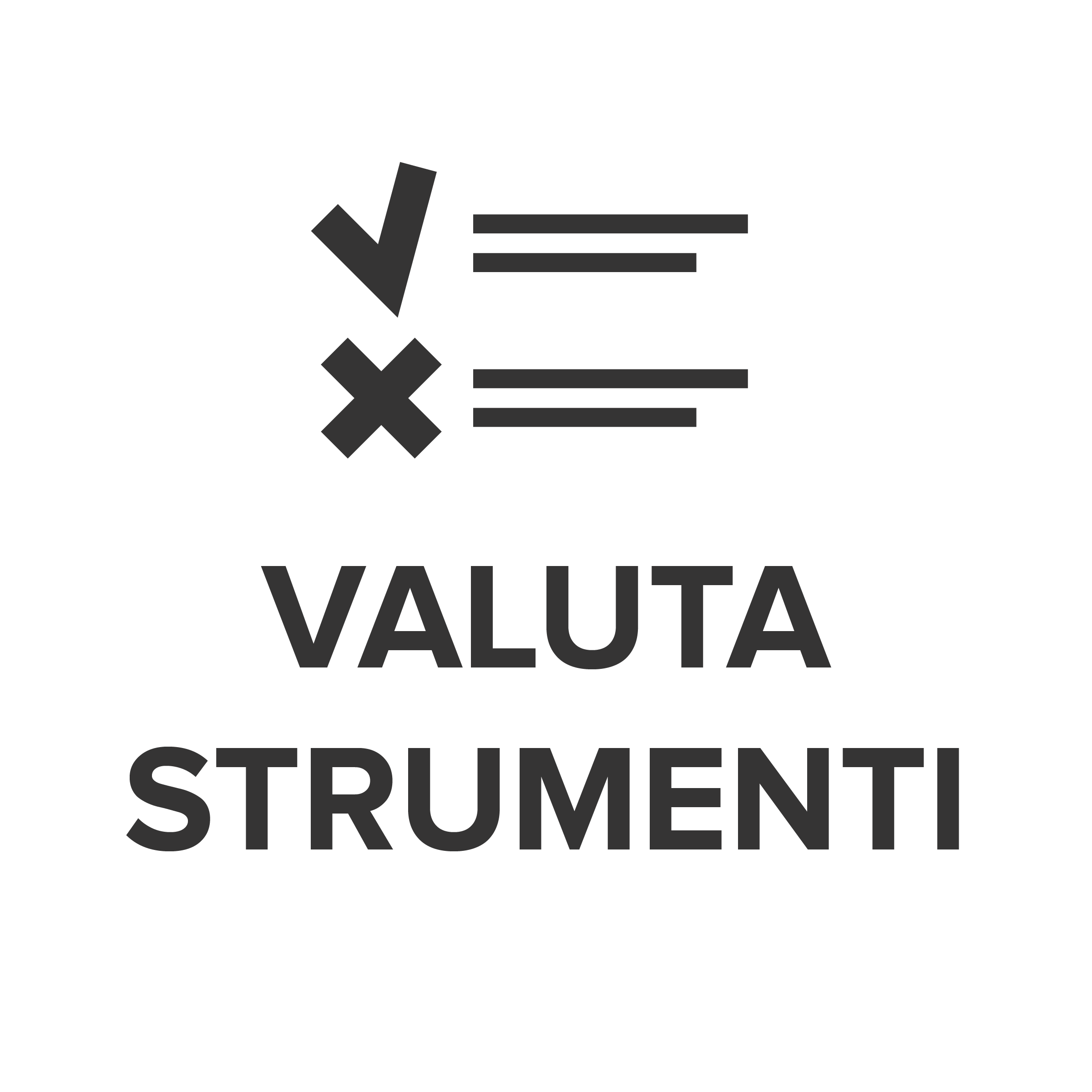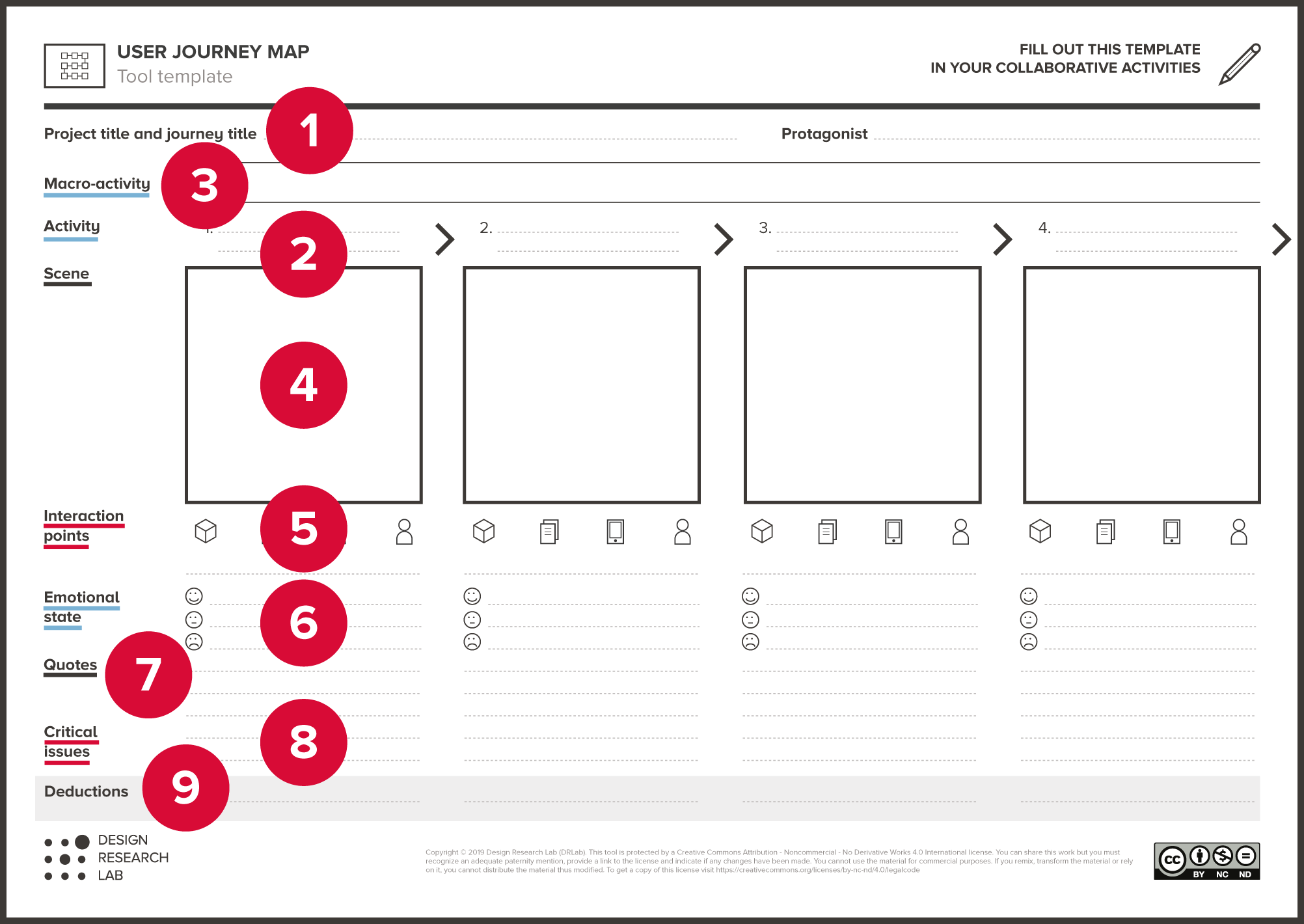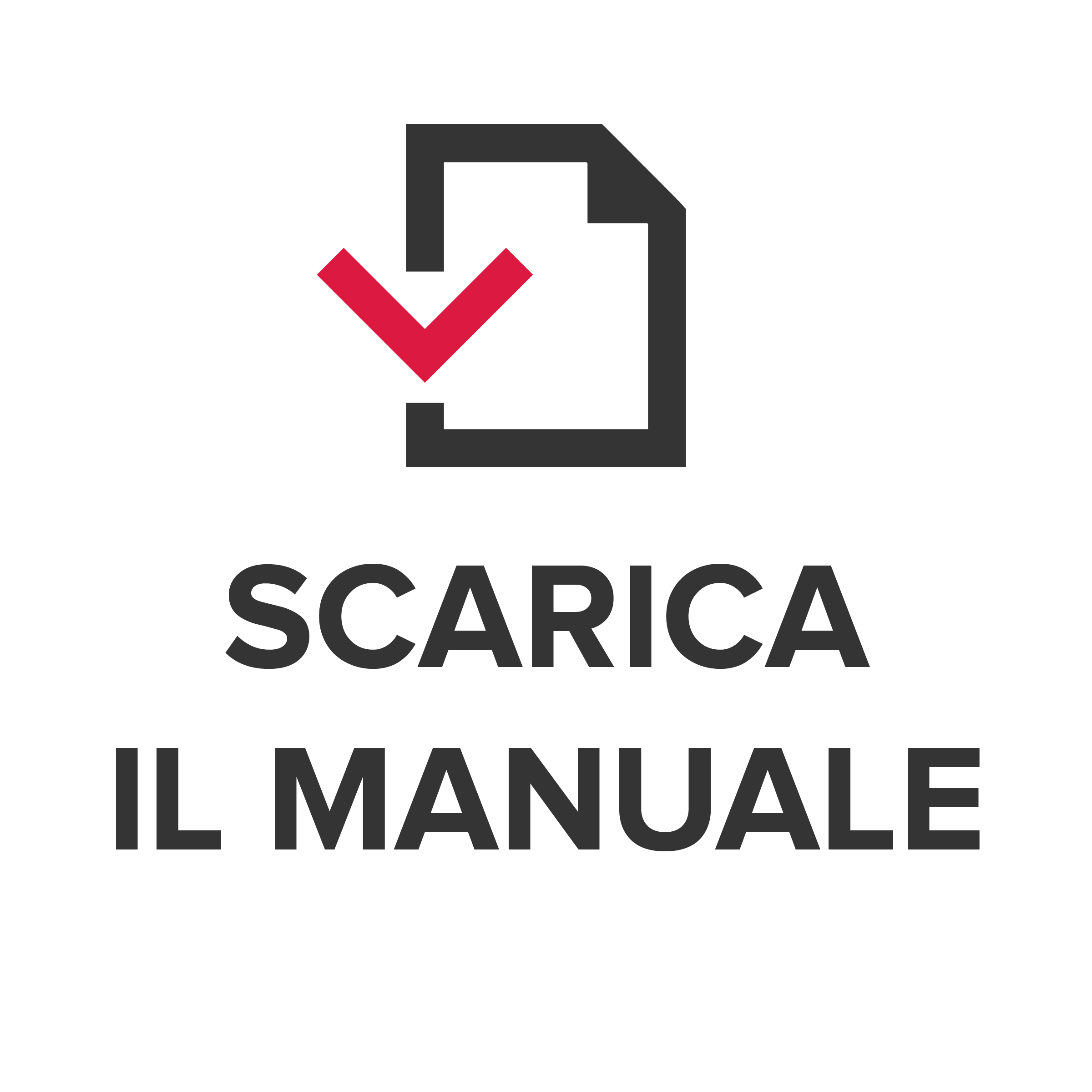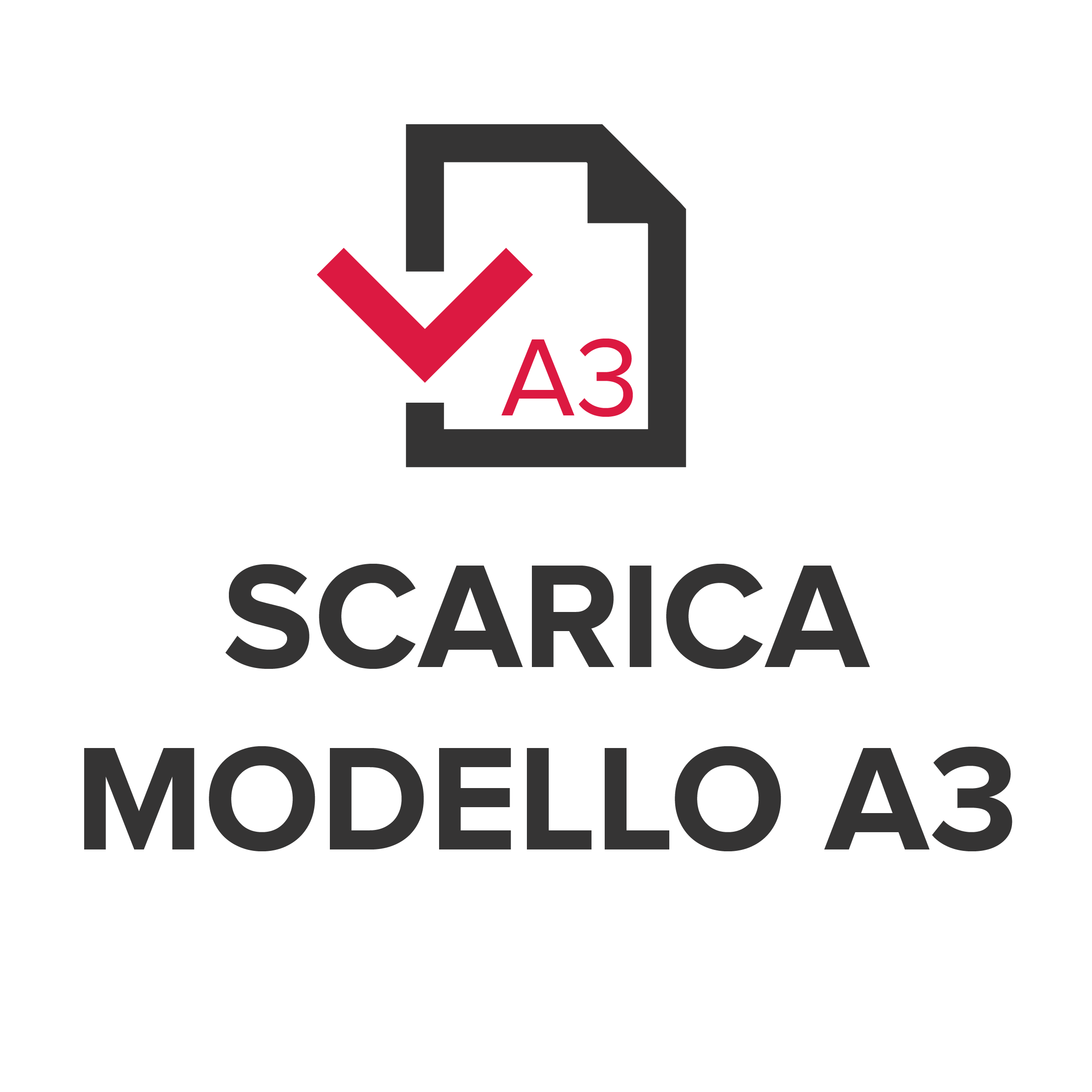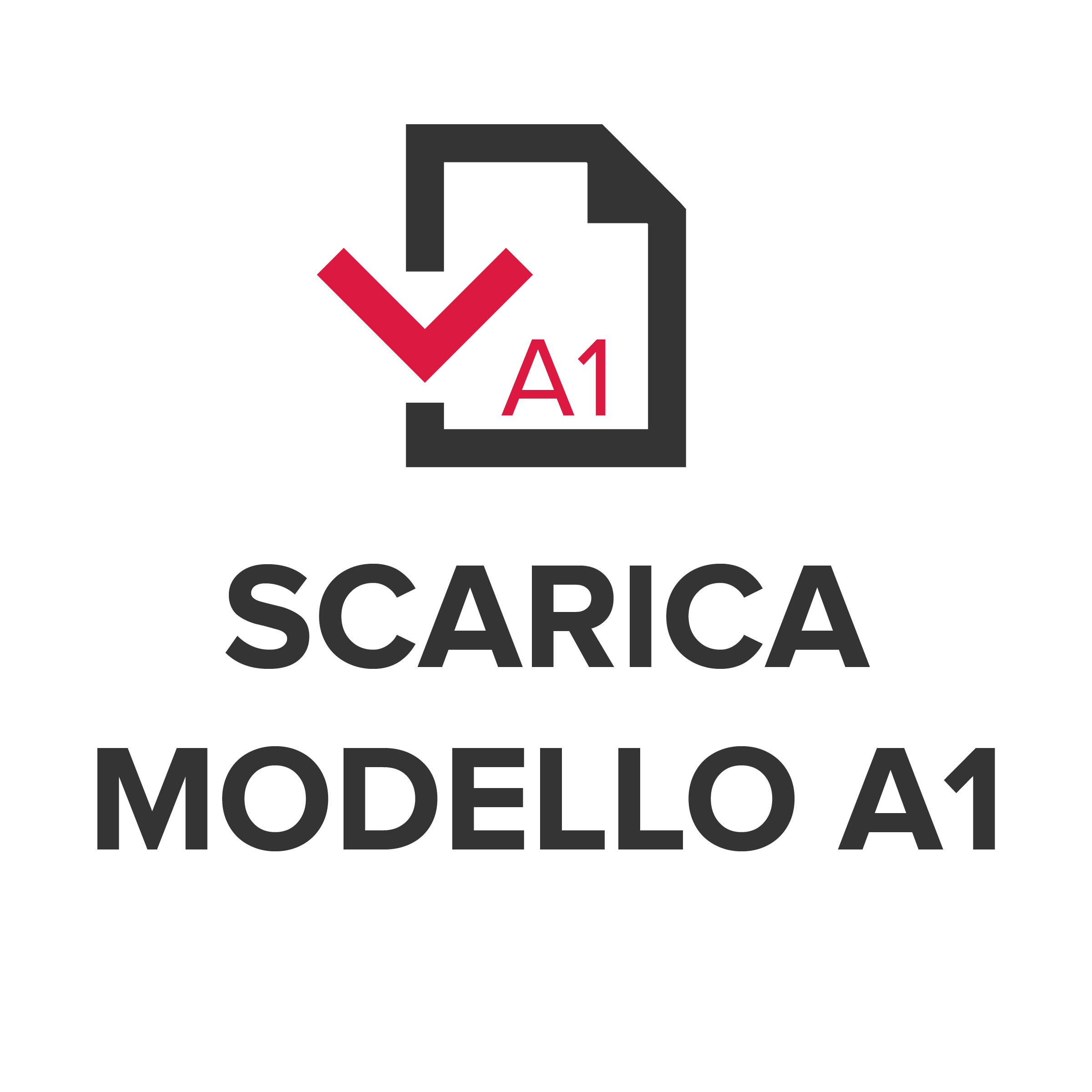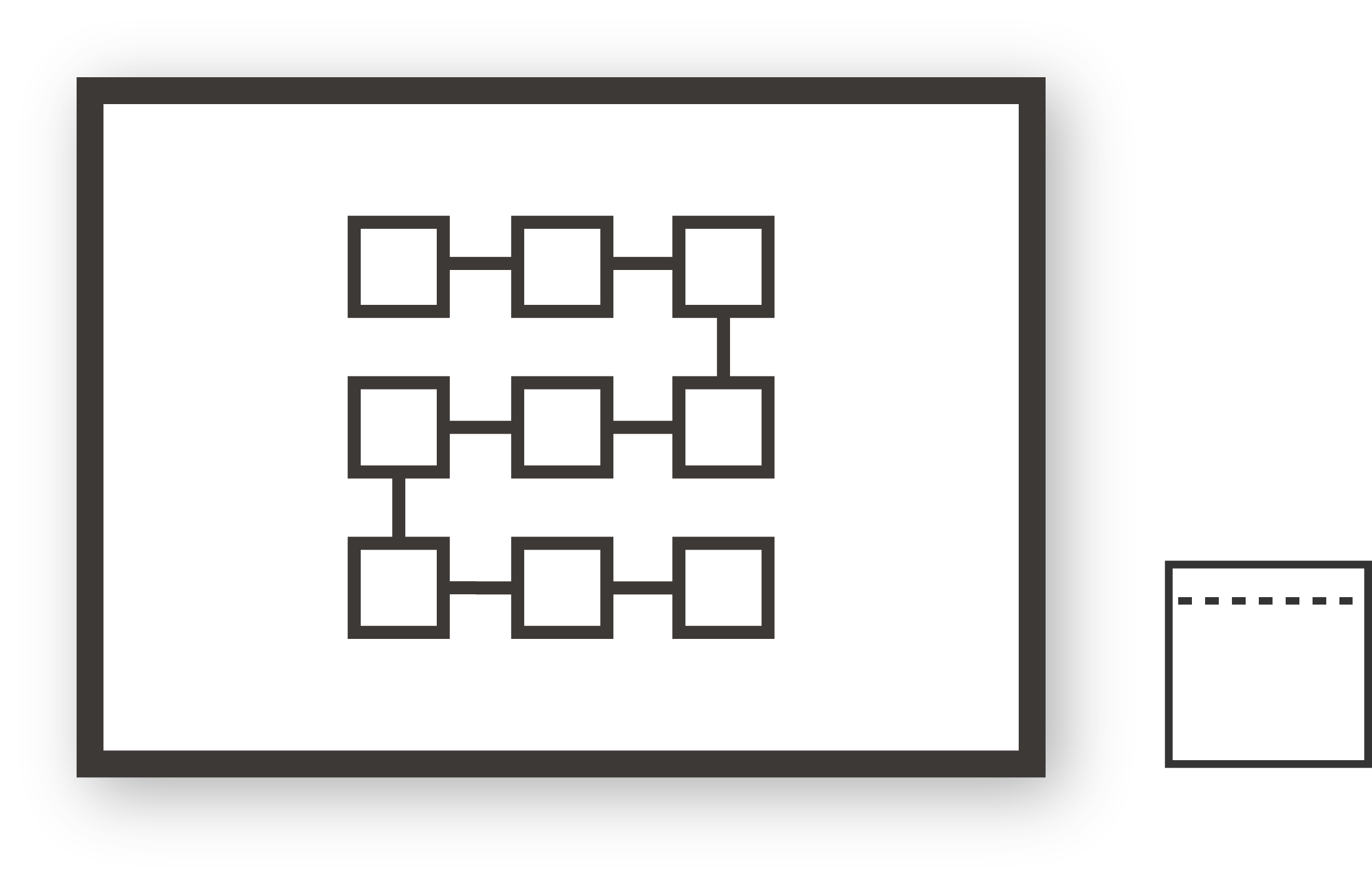
Graphical representation of a flow that describes a user's experience in interacting with a service. The map allows users to visualize the sequence of their activities with respect to the salient features, problems and opportunities, which help determine the level of performance of a service.
Download The manual for the use of the instrument with suggestions e instructions.
For an in-depth theoretical study click here.
Your opinion is important to us. Please rate the tool based on your experiences or for how you would like to use it.
Take advantage of the new free service "Remote Lab". Request an appointment by filling out the form.
Tips
Indications from the DRLab experience for using the tool.
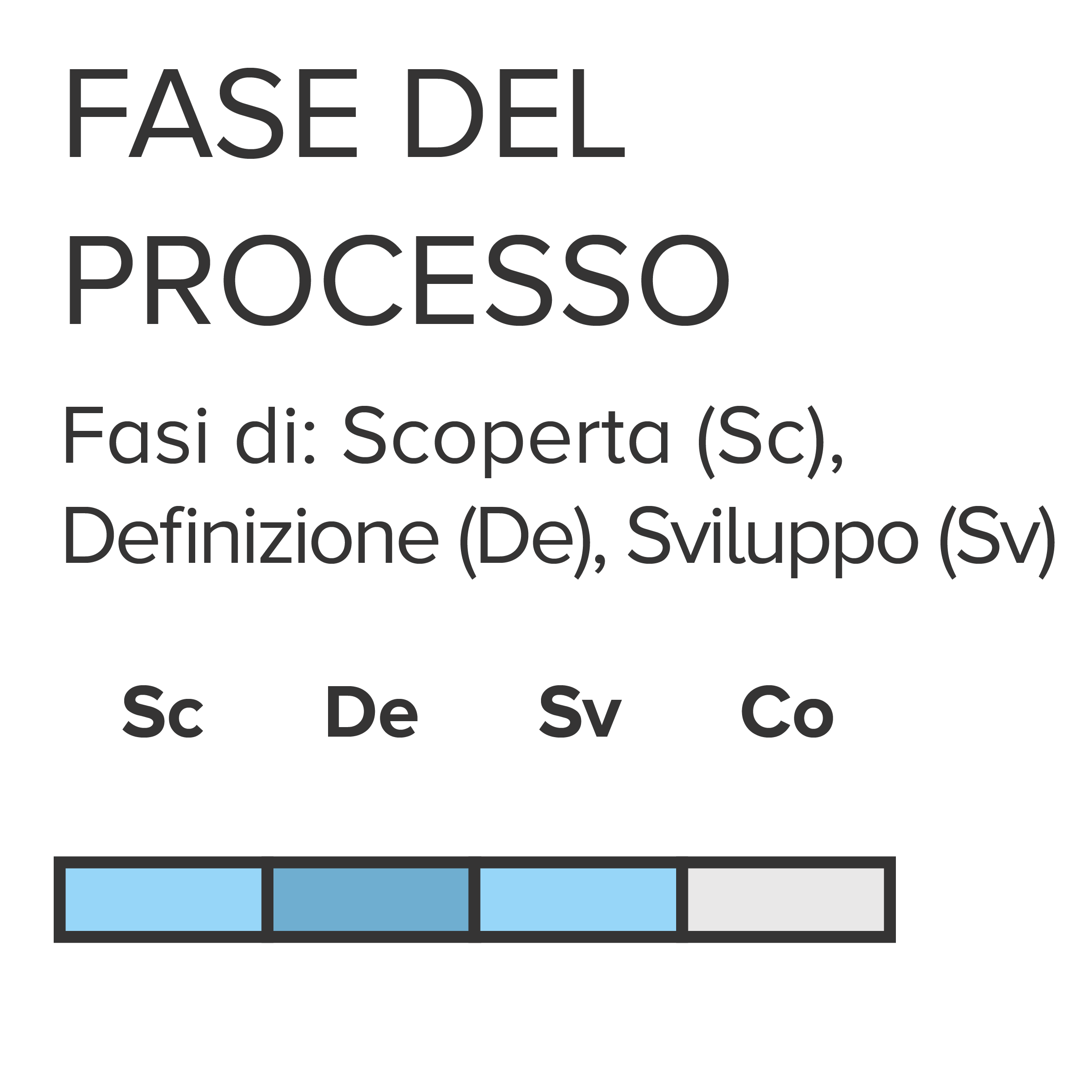
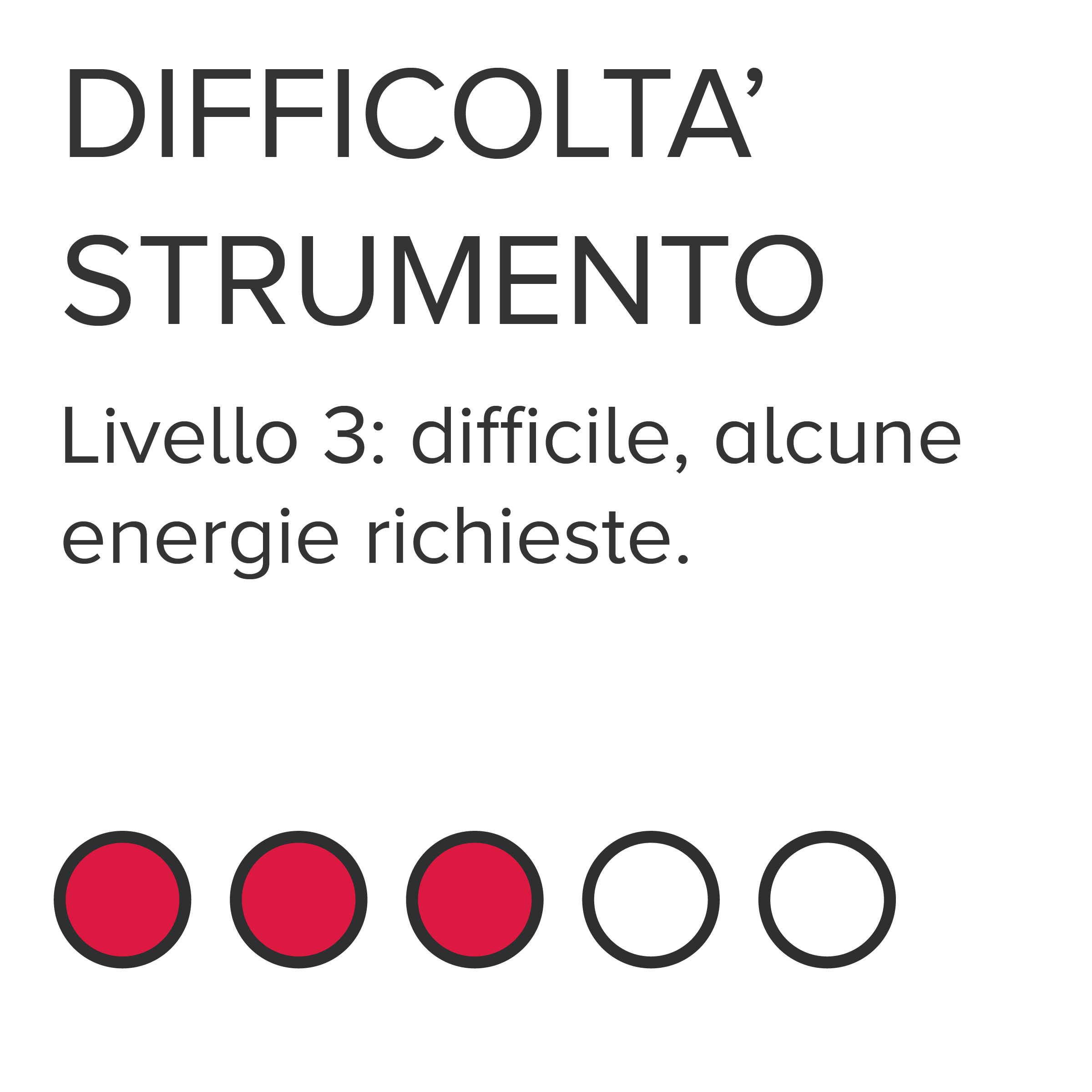

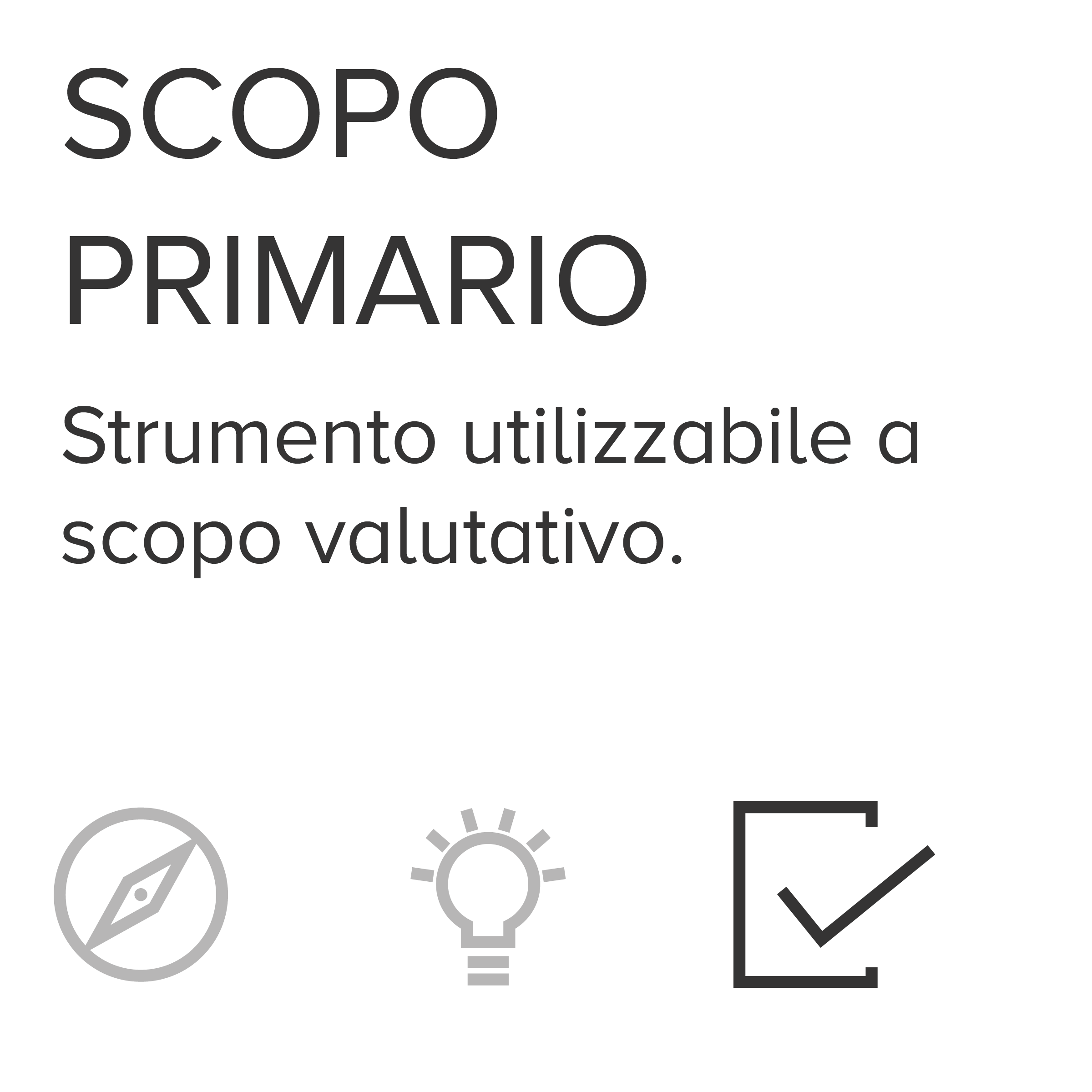
Instructions for compilation
Foreword. An effective user journey map is based on research data. Before proceeding to compile the map, make this data easily available to the working group.
1. Indicate the title of the project and the story of the journey you want to describe through the protagonist's experiences of interactions with the service. Indicate the protagonist actor of the experience in order to describe his or her specific interaction with the service.
2. Report activities that describe the experience of the lead actor.
3. Group the previously identified activities into macro-activities. that describe the experience of the lead actor.
4. For each activity represent the scene using various visualization or description techniques such as words, drawings, sketches, pictures, illustrations, photographs.
5. Indicate the points of interaction of the reference scene, that is, the elements through or because of which the protagonist has an interaction with the service. The points of interaction can be manifested to the protagonist in the form of objects, documents, digital products, people, or other to be crossed out and indicated in the spaces provided.
6. Indicate the protagonist's emotional state with respect to individual service activities through words associated with the icons.
7. Bring back a quote from the protagonist describing his or her point of view with respect to the scene.
8. State the critical issues that arise at each stage of the experience related to the protagonist and his or her interactions with the service.
9. For each activity, report what you can deduce from the analysis of the previous points (macro-activity, activity, scene, interaction points, emotional state, criticality, quotes).
N.B. The lead actor can be tracked among the personas profiles, or can express the characteristics of a hypothetical user since more refined data are not available.
N.B. The greater the knowledge of the project context through exploratory and research activities previously carried out-such as project ethnography activities-the greater the ease of map compilation. E.g., activities, mood and quotes are more reliable if they emerge from explorations of the actual project context.
N.B. The template to fill out in A3 format, which can be downloaded on this page, allows you to describe an experience for up to 4 activities-with scenes that can be represented in a space the size of a post-it note. To describe experiences with more than 4 activities print the same template several times and use it in continuity, or download the template in A1 format.
Share your experience with us and strengthen your skills.
Please contact us if you would like to share your experience of using the tool, or if you have doubts and want to use it but do not know how.
